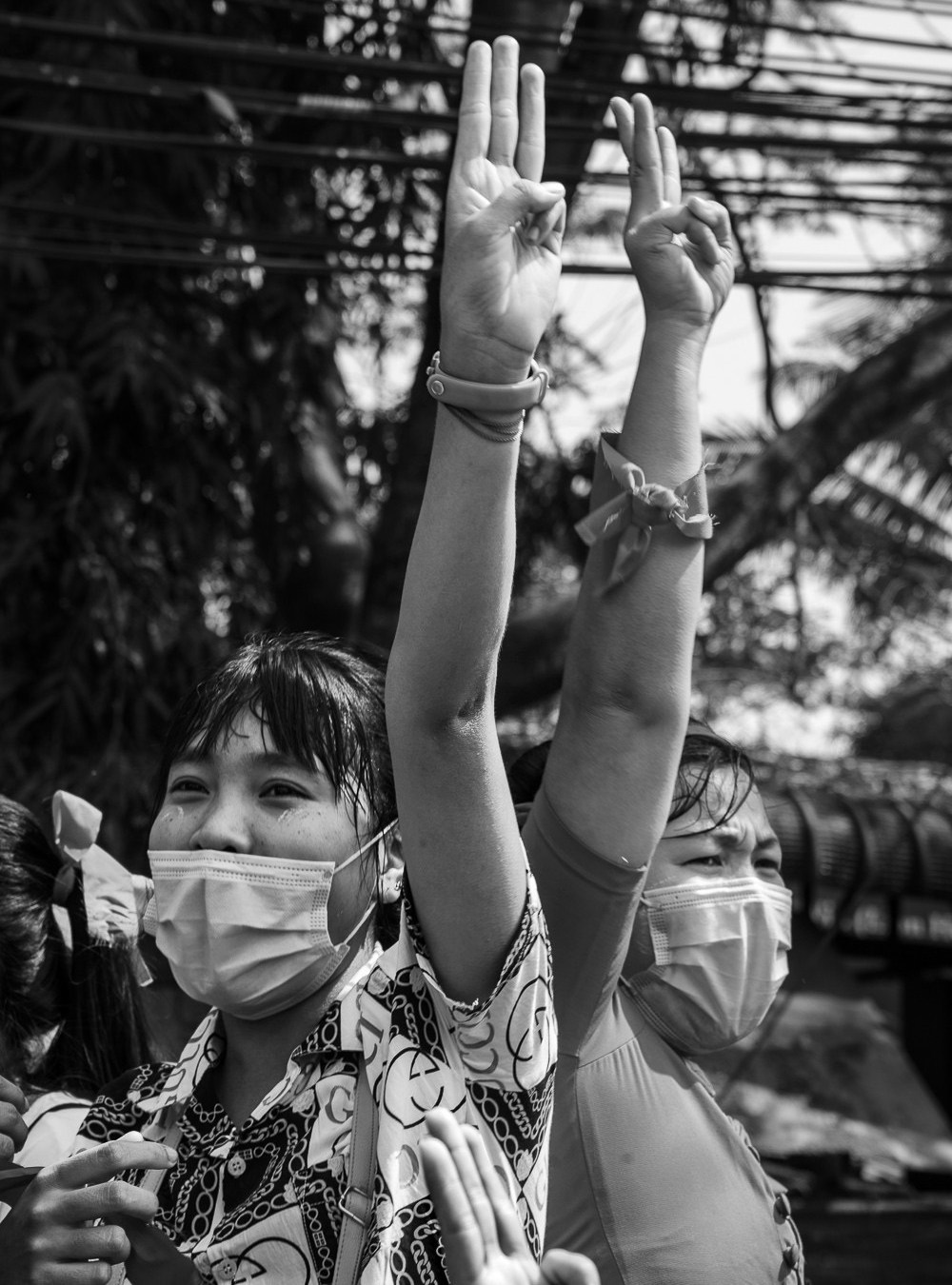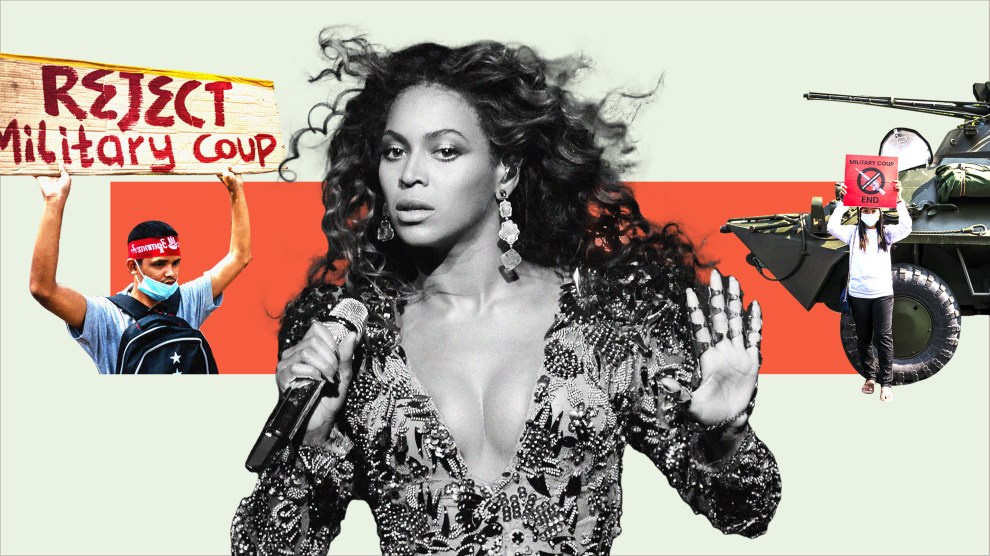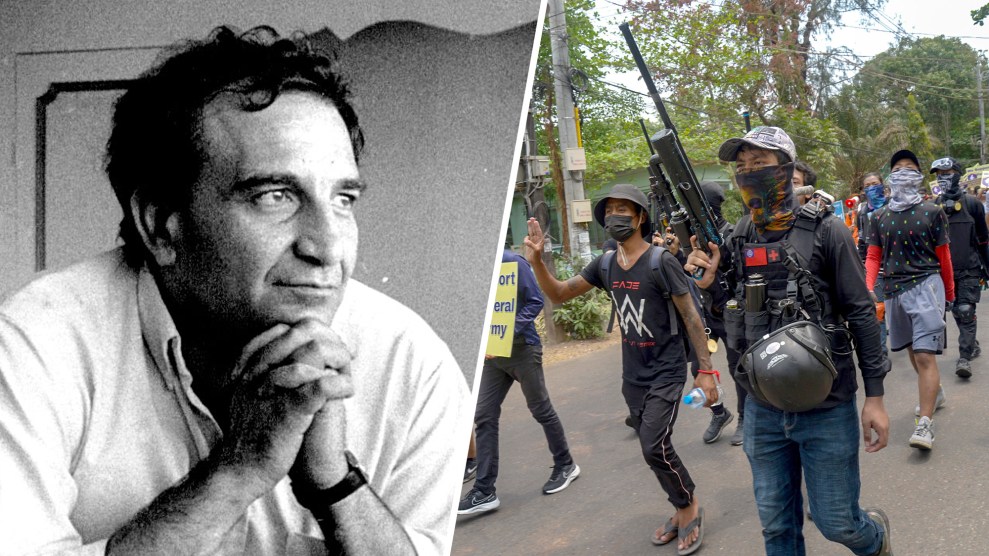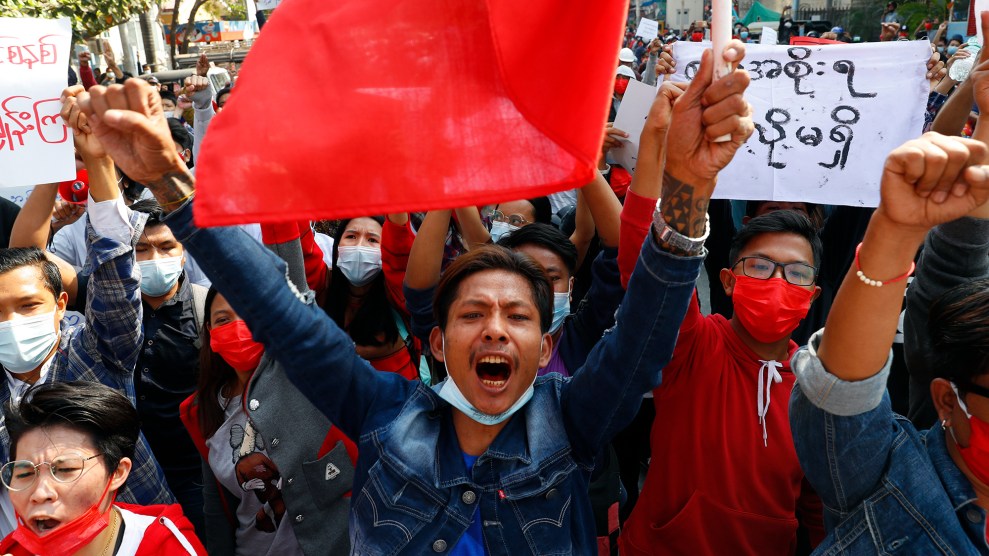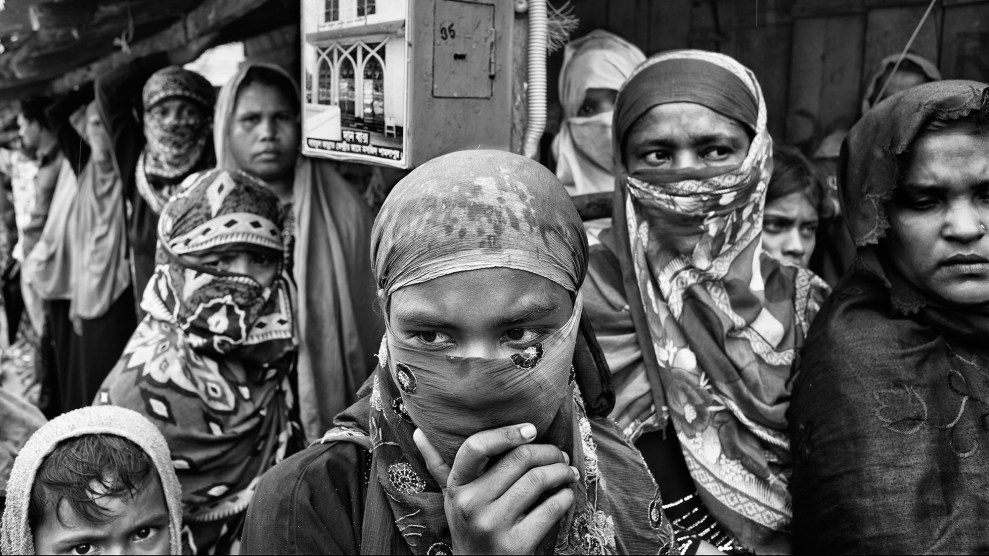Civilians first took to the streets in Myanmar three months ago, after the Tatmadaw, as the country’s armed forces are known, seized power from the democratically elected National League for Democracy (NLD) on February 1. The military arrested the NLD’s leader Aung San Suu Kyi; initially charged with illegally importing walkie-talkies, she now faces charges on six accounts. Suu Kyi has not been seen in public since her arrest.
While civilians from all walks of life—students, monks, bank officers and factory workers among them—take to the streets in protest, local resistance groups have emerged, as in the the remote town of Kalay in the Sagaing region. Armed with muzzle-loading hunting rifles, they have successfully ambushed Tatmadaw troops. At the same time, battle-hardened ethnic rebel groups have seized back strategic terrain from the Tatmadaw along border areas.
At this point, the anti-coup movement in Myanmar shows no sign of losing momentum—far from it—even as close to 800 civilians have been gunned down, execution-style, by police and the Tatmadaw. In fact, the actions of the military junta, led by General Min Aung Hlaing, may prove to be the catalyst which binds together for the first time all of the people of Myanmar into a coherent force, united against the corrupt and brutal military rule.
The only certainties at this point are that the junta’s killings will continue and that the collective trauma wrought on the people of this country by a handful of uniformed men will have to be carried by generations to come.
All the while, brave Burmese photographers bring us images of these disturbing times unfolding across the country. They risk their lives and those of their families each time they go out into the streets. Here is the work of four photographers across various neighborhoods in the city of Yangon, all of whom are credited with an alias to protect their identities.
Philip Blenkinsop is an emeritus photographer with the VII Photo agency. He has worked extensively throughout Southeast Asia since 1989.

Women workers demonstrate against the coup, giving the three-finger salute in Insein Township on February 18.
Tulip

A defaced image of General Min Aung Hlaing in San Chaung Township on February 19.
Tulip

An anti-coup protester provides cover with a fire extinguisher as another reaches for a tear gas canister thrown by security forces on February 28.
Tulip

Policemen run at demonstrators in Padonmar Street in San Chaung Township on February 28.
Tulip

(left) University students, monks, and other civilians protest against the military coup at Hledan in Kamayut Township on February 7. (right) Residents use shields for cover from slingshots, as pro-junta mobs attack at Shwegondaing in Bahan Township on February 18.
Badoom

Crowds protest against the military coup near Sule Pagoda in the city’s downtown area, in Kyauktada Township, on February 11.
Badoom

Protesters give three-finger salutes in defiance of the junta during a demonstration on February 7.
D Khit

Anti-coup demonstrators wait behind their barricades in the face of tear gas fired by security forces and emit additional smoke from fire extinguishers, providing cover against snipers, in Sanchaung Township on February 28.
C.P.Y.T.

A group of people later identified as members of the ultranationalist “Patriotic Young Monks Union” use metal bars to attack cars and their drivers that were blocking traffic, before taking refuge in the adjacent Shwe Kyin monastery. Residents, gathered outside to demand action against the attackers, welcome the arrival of the police on February 18.
Badoom

Policemen check buildings in Hledan Township on February 26.
Tulip

Soldiers block the street in front of Central Bank Yankin after protesters demanding the release of Aung San Suu Kyi took to the streets on February 15.
Tulip

Defaced images of General Min Aung Hlaing on March 5 and 6.
D Khit
